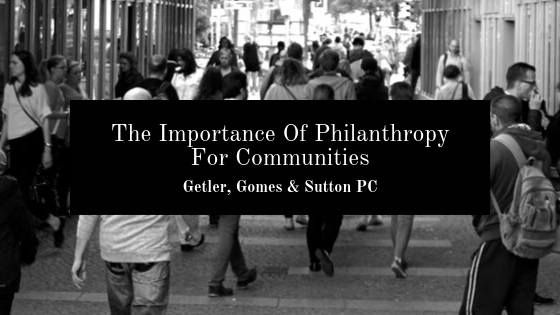What do companies owe the communities where they are based? The question stands at the heart of the discussion about income inequality and civic responsibility. As wealth has become more concentrated, the disconnect between philanthropy and local communities has grown wider. Many philanthropists focus on national or global issues rather than plowing those resources into the communities where their wealth is generated.
This wasn’t always the case. The early days of philanthropy saw wealthy donors sponsor waves of local projects that uplifted local communities. These donors and their companies were seen as pillars of the community not only because they employed many people, but because they sponsored civic organizations, built local infrastructure, and doubt to meet the needs of the people in local communities. So what has changed?
There is a fundamental disconnect between donors and local nonprofits. While nonprofits often focus on their work and a single goal, would-be philanthropists look at a problem and focus on creating solutions. The limited scope of nonprofit organizations makes it hard for donors to navigate the sea of need. It is easier for larger, more broadly based organizations to make their case to wealthy donors because they have a broader and more solutions-based approach. Simply put, while most donors would gladly invest in local projects, they want to understand how those projects can help solve the problem.
The second issue is often one of language. Many donors rely on specific metrics as an indicator of success. These are often not the same metrics that nonprofits use. The result is that donors and nonprofits fail to speak each other’s language.
The third and final issue is one of perspective. There is the assumption that a rising tide lifts all boats. One often assumes that projects that address national issues will also hit home. This is not the case. Funds are often funneled to communities that are in the most need. That does nothing to help the local community or the ever-increasing number of locals who are reliant upon the services that nonprofits offer. Instead, efforts should be made to connect local nonprofits with the people who make their wealth in the local community.
A shift in perspective, language, and in giving practices is necessary for large corporations and budding philanthropists to be seen as pillars of the community once again.
